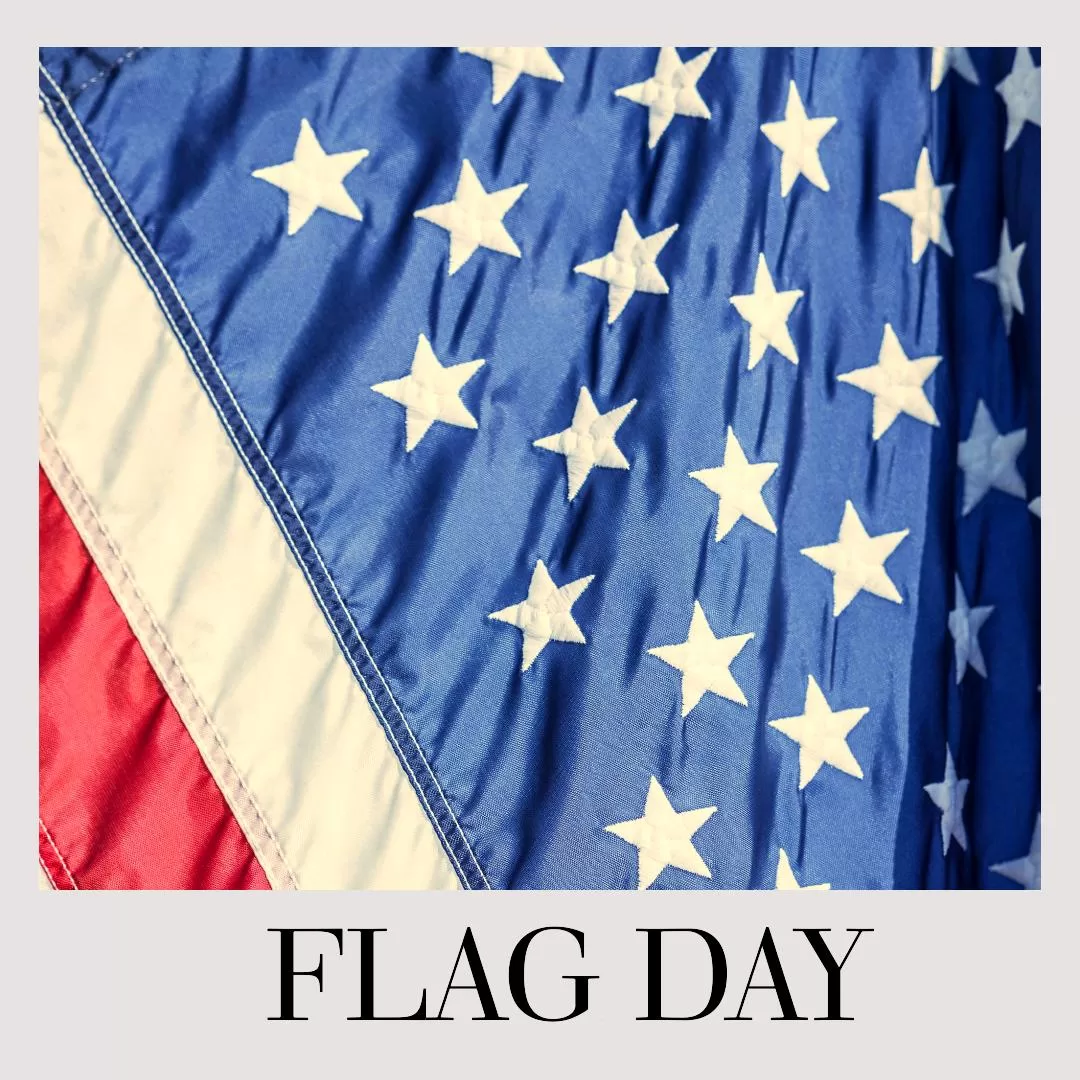Flag Day, celebrated in the United States on June 14, is a holiday that commemorates the adoption of the Stars and Stripes as the official flag of the United States. The origins of this observance date back to the late 19th century, although the significance of the flag itself stretches to the early days of the nation.

Historical Background
The story begins on June 14, 1777, when the Second Continental Congress passed a resolution establishing an official flag for the new nation. The resolution stated: “Resolved, That the flag of the thirteen United States be thirteen stripes, alternate red and white; that the union be thirteen stars, white in a blue field, representing a new constellation.” This decision gave birth to the American flag as a symbol of unity and independence.
Early Celebrations
The first recorded observance of Flag Day occurred in 1885 when Bernard J. Cigrand, a Wisconsin schoolteacher, organized a day to celebrate the flag’s birthday. He held this observance at Stony Hill School, where he taught, and continued to advocate for a national day of recognition for the flag.
Cigrand’s efforts were bolstered by other educators and civic leaders who recognized the importance of a day dedicated to the national flag. In 1889, George Balch, a New York City kindergarten teacher, organized a similar observance in his school, which was subsequently adopted by the New York State Board of Education.
National Recognition
The push for national recognition of Flag Day gained momentum in the early 20th century. In 1916, President Woodrow Wilson issued a proclamation establishing June 14 as Flag Day. He emphasized the flag’s role in symbolizing national ideals and unity during a time of increasing international conflict.
However, it wasn’t until August 3, 1949, that President Harry S. Truman signed an Act of Congress designating June 14 of each year as National Flag Day. This act formalized the observance and ensured its place in the national calendar.
Modern Observance
Today, Flag Day is celebrated with various activities, including flag-raising ceremonies, parades, and educational programs. While it is not a federal holiday, many states and local governments observe it, and organizations like the National Flag Day Foundation work to promote its significance.
The day serves as an opportunity for Americans to reflect on the flag’s history and the values it represents. It also reinforces the ideals of patriotism and unity that the flag embodies, reminding citizens of the sacrifices made for the country’s freedom and the ongoing responsibility to uphold its principles.
Conclusion
Flag Day is more than just a day to honor a piece of cloth; it is a day to honor the principles of liberty, justice, and unity that the flag represents. From its origins in the 18th century to its establishment as a national observance in the 20th century, Flag Day reflects the enduring importance of the American flag as a symbol of the nation’s identity and ideals.
